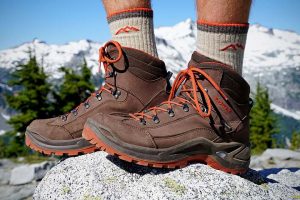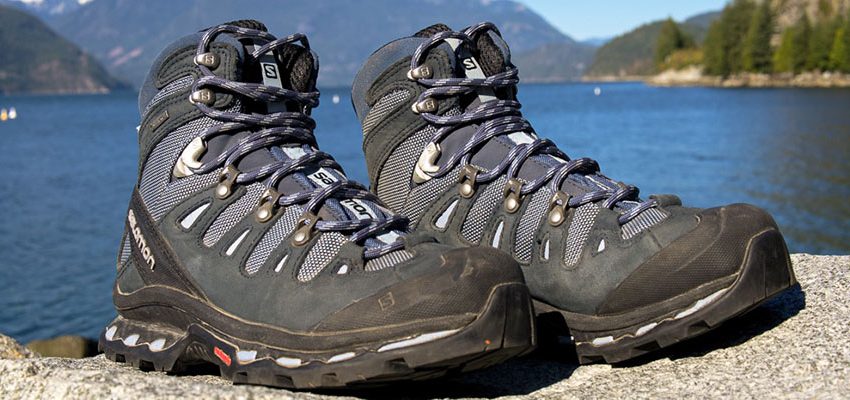If you’re new to hiking, you can easily get overwhelmed by gear choices. While many equipment pieces promise to give you a better hiking experience, shoes really make all the difference. So in order to pick the best pair for your outdoor adventures, here’s a little guide to that will help you with your choices.
Pick a pair that matches you hiking style
Specific hiking shoes are made with specific uses in mind. No matter if you’re a casual hiker or a person that spends more time on the trail than at home, you need your shoes to fit your hiking style. Knowing the difference between these following styles will make a difference in your performance and comfort levels:
Light hiking shoes: very similar to running shoes. They are perfect for people who enjoy casual day hikes even though they are also beloved by long-distance hikers who prefer an ultra-light shoe.
Mountaineering boots: these are perfect for hikers who often traverse rocky areas, glacial trails or snowy paths. They can endure a heavy load and will take you across even the toughest of terrains.
Backpacking boots: these are suitable for all types of terrain and beloved by hikers who travel both on and off the trail. If you love to have multi-day treks with unforeseeable conditions, this kind of boots will offer durability and protection that you require.
Choose the right material
Material is often the most important element of your hiking shoe. If you opt for a wrong type of fabric, it can make your feet too hot or cold, too uncomfortable or too cramped. If you want to gain some insight and read the useful reviews, you can find hiking shoes at Walk Jog Run and be completely equipped to make good purchasing decisions. In the meantime, here are a few material types you can consider:
Synthetic: often made out of nylon and polyester. These are easy to break-in, have a light foot feel, dry fast, but don’t offer a lot of weather-resistant properties.
Split-grain leather: often half leather, half synthetics. These boots will be light, breathable and moderately weather-resistant. However, durability will not be their best suit.
Full-grain leather: most heavy-duty mountaineering boots are made of full-grain leather. This material is very durable and perfect for all extreme hikers traveling on unsteady terrain. Its weight and low breathability might bother some hikers.
Pick your cut
 Hiking shoes come in many different cuts. If you choose the wrong cut, you can end up with blisters, rolled ankle, or rocks in your shoes, so make sure your shoes are tailored to your type of trekking.
Hiking shoes come in many different cuts. If you choose the wrong cut, you can end up with blisters, rolled ankle, or rocks in your shoes, so make sure your shoes are tailored to your type of trekking.
Low-cut: low like running shoes. These are perfect for casual hiking on well-maintained trails because they leave your ankles vulnerable to injuries.
High-cut: these offer great support and balance which makes them perfect for adventurous hikers who trek both on and off the trail, often getting onto dangerous surfaces.
Try them on
Don’t get so wrapped up in cuts and materials that you forget how your potential new shoes fit your foot. Try a few pairs, see how they fit and how they make your foot feel. After a day of hiking, you can expect some natural swelling, so make sure to go half a size higher. This will provide plenty of space for your toes. However, make sure your shoe still fits snug and that your heel doesn’t move. A floating heel is the main cause of blistering (something to avoid) so firm heal grip is crucial.
Give yourself time
Once you have your new pair, don’t whip them out and hit the trail. Make sure to give them a few spins around town to break them in and minimize your blister risk.
If you choose your new shoes using these tips, you’ll find faithful companions for your outdoor adventures. No number of miles will get to stop you now!

